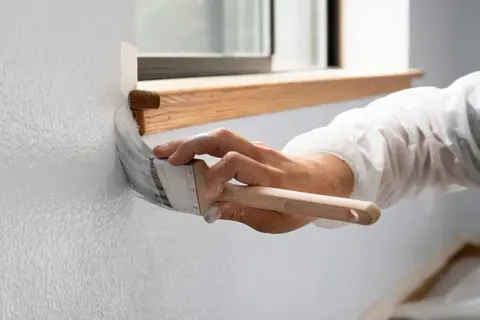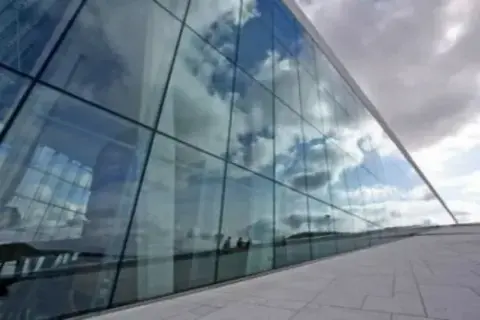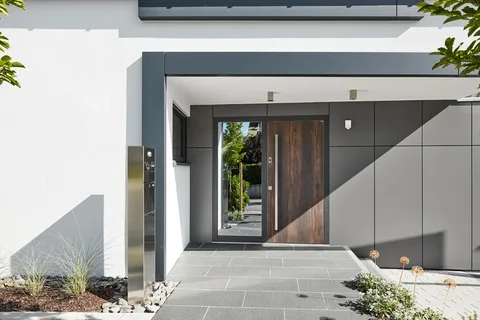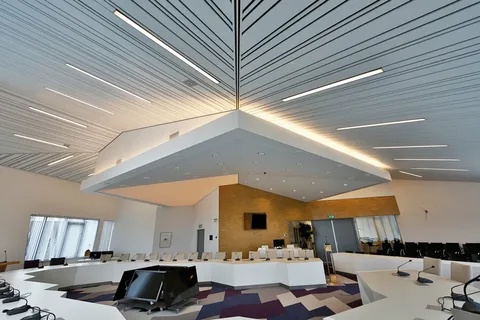
Renovation or Touch up Painting
Renovation and touch-up painting involve refreshing and restoring the appearance of surfaces in a building. Renovation typically includes more extensive work, such as repairing or replacing damaged structures, upgrading interiors, or remodeling spaces to improve functionality and aesthetics. Touch-up painting is a more localized process, where small areas of peeling or chipped paint are repaired to restore a fresh and clean look.

Carpentry
Carpentry involves the construction, installation, and repair of wooden structures and fixtures. This can include building furniture, cabinetry, doors, windows, floors, and even frameworks for buildings. Carpenters use a variety of tools and techniques to shape and assemble wood, ensuring precision and durability in their work. Carpentry plays a key role in both residential and commercial construction, as well as in the customization of interior design and furniture.

Glass Replacements
Glass replacement refers to the process of removing damaged or broken glass and replacing it with new glass in windows, doors, mirrors, or other structures. This service is essential for restoring the functionality, safety, and appearance of a building or vehicle. Glass replacement can involve single-pane, double-glazed, or specialty glass, depending on the specific requirements. Proper installation ensures energy efficiency, security, and aesthetic appeal.

Entrance Doors and Fixed Panes
Entrance doors and fixed panes are key components of building entrances, providing both functionality and aesthetic appeal. Entrance doors are typically designed for ease of access, security, and weather protection, often made of wood, metal, or glass. They can be swing, sliding, or automatic doors, depending on the space’s needs. Fixed panes are stationary glass panels, often used alongside entrance doors or as part of large window systems.

Suspended Ceilings
Suspended ceilings, also known as drop ceilings, are ceiling systems that are hung below the main structural ceiling of a building. They consist of a metal grid framework that supports lightweight ceiling tiles or panels, which can be made of materials like mineral fiber, metal, or acoustical tiles. Suspended ceilings are commonly used in commercial spaces to conceal wiring, ductwork, and pipes while offering easy access for maintenance. They also provide soundproofing.

Brick and Dry Walling
Brickwork involves the use of bricks and mortar to construct load-bearing or non-load-bearing walls. It offers durability, insulation, and a classic aesthetic, commonly used for both exterior and interior walls. Dry walling (or drywall) involves installing panels made from gypsum board to create walls and ceilings. Drywall is lightweight, cost-effective, and quick to install, making it a popular choice for interior partitions. It also provides a smooth surface for painting or finishing.
